Traveler Special Report: Tackling The National Park Service's Maintenance Backlog
Visitor and employee safety, transportation, access, and even historic structures all are being jeopardized by the nearly $12 billion backlog in maintenance work that reaches into nearly every corner, forest, and beach of the National Park System.
During the past six months, National Parks Traveler's editors and writers have examined the issue of deferred maintenance and its impact on not just on how parks are enjoyed, but how their resources are being impacted. What we found were trails long closed to hikers, leak-prone water pipelines critical to human safety, bridges in dire need of repairs if not replacement, weary sewer systems that can't handle demands, historic structures at risk of serious deterioration, and lodges that unfit for habitation.
At the same time, we also found optimism that Congress has acknowledged these serious issues and is working to pass legislation that would provide $6.5 billion over the next five years to begin making serious inroads to reducing the backlog.
"One of the bills passed out of the House Natural Resources Committee (in September), and that’s just remarkable progress, that the Congress is getting behind that and putting some real money on the table. It is a very meaningful step in the right direction," said Will Shafroth, president and CEO of the National Park Foundation. "Like anything, there’s a ways to go before it gets out of both houses and onto the president’s desk and the president decides to sign it or not. The fact that we’ve made it this far, bills in both houses of Congress I’m feeling very upbeat about this, especially considering how far we’ve come how fast."
Congressmen and Interior Secretary Ryan Zinke visited some national parks in September to point out the maintenance woes and build public support to have Congress tackle the problems. They also had the opportunity to see some of the problems first-hand.
"Our water mains are all extremely old throughout the park and it seems like it’s almost an internal joke. 'Ok, where did we have a water main break this week?'" Abby Wines of Death Valley National Park said in describing the risks associated with aged and deteriorating infrastructure. "How many hours of staff overtime went to pay for that? Obviously we have to repair those water mains because water is life in a desert. This is the driest place in North America, 2 inches of rain per year. Plus it’s also the hottest place on the planet.
"We do not have the option of telling people there’s just no water in the campground today. No water in the hotels. Or no water for the residents in the park.”
To help you understand the depth, and breadth, of the problems associated with the maintenance backlog, we've put together this page with all the stories presented in this series.
Support for this reporting was provided by The Pew Charitable Trusts
Closing The National Park System's Maintenance Backlog
Some of the world’s greatest wonders exist in America’s National Park System, from the Grand Canyon and Old Faithful to Mammoth Cave and the Everglades.
But the system also features ailing wastewater treatment facilities, rotting buildings, and even the risk of demolition by neglect. Many parking lots are crumbling, some communications systems are antiquated, dams and levees are in serious condition, and employee housing in some parks is shabby.

The Bluffs Lodge long has been shuttered due to maintenance needs and there is currently no timetable for its reopening/NPS
And the list goes on and on. Open an Excel spreadsheet of the National Park Service’s estimated $11.6 billion maintenance backlog and it runs to thousands of lines of data. But those lines are just one aspect of coming to terms with the impacts of the backlog. Get out into the National Park System and the impacts become readily visible.
Some Friends Groups Asked To Provide "Margin Of Survival"
For eight years, families whose memories of the Blue Ridge Parkway were nurtured around summer evenings chasing fireflies on the rolling highland meadows below Bluffs Lodge at Milepost 241 have wondered when it might reopen. Perhaps a question to ask of the charming, 24-room lodge at Milepost 241 is whether it ever will reopen or instead be razed, a victim of demolition by neglect.
When the Bluffs Lodge opened in 1949, its low-slung, gray weathered buildings that were part of one of the first developed lodges along the Parkway. It closed in 2010 after the concessionaire's contract expired and they walked away. Stop there today and you'll find that weeds haven't infiltrated the flagstone patios, the lawns are nicely cropped, and the panoramic views range as they always have across the rolling North Caroline countryside within the Parkway.
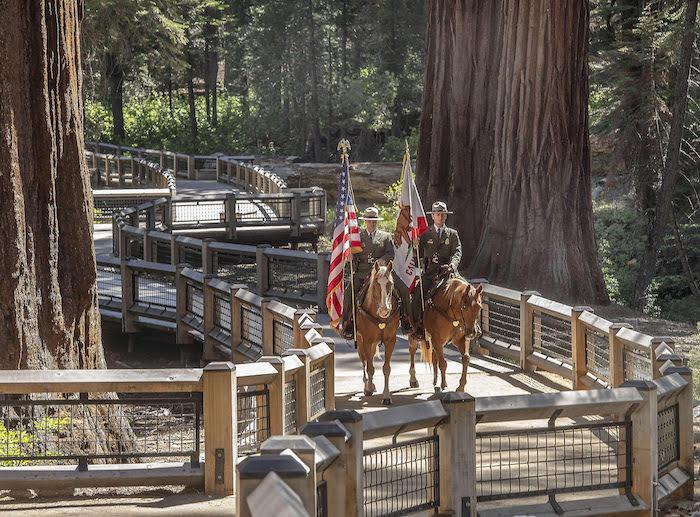
The Yosemite Conservancy provided $20 million to help the National Park Service rehabilitate the Mariposa Grove of Sequoias in Yosemite National Park/NPS
But inside the lodge there's an infestation of dangerous mold, so dangerous that no one is allowed inside. To reopen the lodge, just a short walk from the Wildcat Rocks Overlook, might take more than $3 million to remove the mold and rebuild the interior.
Maintenance Woes Blocking Access To Parts Of National Park System
During the Great Depression 80 years ago, the Civilian Conservation Corps moved granite and earth in Acadia National Park to access what park founder George B. Dorr described as “an unusually beautiful shoreline” along Somes Sound.
But for the past two years, the Valley Cove Trail – featuring spectacular views of the East Coast’s only fjord-like feature and “a unique kind of trail construction” with granite steps secured by iron pins across an otherwise impassable ledge – has been shut off to visitors for lack of about $300,000 of repairs. That was just part of the nearly $60 million in deferred maintenance on the books for fiscal 2017 at the park located on Maine’s coast.

Visitors wanting to hike the Valley Cove Trail in Acadia National Park are blocked from access by this signage/Dolores Kong
In Ohio at Cuyahoga Valley National Park, hikers wanting to climb the low-lying Cuyahoga riverbanks to the top of the valley along a 3.5-mile-loop known as the Old Carriage Trail have been stymied for the last nine years; three steel footbridges across deep ravines have been closed for lack of about $500,000 of repair work each, part of the national park’s $45.81 million maintenance backlog in fiscal 2017.
Historic Sites And Structures Affected By Maintenance Backlog
Eighty-year-old buildings have a tendency to leak if they haven’t been sufficiently maintained. But when a leaky 80-year-old building is one of the most iconic structures in Shenandoah National Park, it’s more than just a nuisance. It’s a sign of the National Park System’s nearly $12 billion maintenance backlog.
This massive backlog, accrued over the past two decades, affects all areas of our parks --buildings, trails, campgrounds and visitor centers. But nearly half of the backlog, about $5.1 billion according to estimates, affects historic and prehistoric structures. These include houses, cabins, and lodges, but also bridges, earthworks, and other sites that are crucial to preserving and telling the important and varied stories of American life.

A preservation team at Saint-Gaudens National Historic Site in New Hampshire works on repairing a cracked and deteriorated knee wall at the Little Studio, the sculptor’s personal workshop. To access the old masonry to initiate repairs, they used a forklift to remove the large marble cap from the knee wall, which is being reinstalled in this photo/NPS
For example, old family cemeteries at Great Smoky Mountains National Park, the iconic Independence Hall, slave quarters at Cane River Creole National Historical Park, a schoolhouse at Channel Islands National Park, art spaces at Saint-Gaudens National Historic Site, and a ranch complex at Joshua Tree National Park, are just a few of the historic park resources that have been identified as desperately in need of maintenance and preservation.
Antiquated Wastewater, Sewer Facilities Go Wanting In National Parks
Visitors to our national parks revel in the scenery, wildlife, and history that is our heritage. They hike and bike, swim and boat, take photographs and make memories. Along the way, they have some basic needs. Even though these parks often contain primitive and wilderness settings, visitors need roads, parking lots, hotels, campgrounds, and trails. And power lines and culinary and wastewater systems.
It’s a lot of effort, work, and money to make sure these amenities are in place. But, sometimes due to funding shortfalls these facilities cannot meet all of their needs. That’s a difficult line to walk for park officials: build enough facilities to meet the need while maintaining the character and environment of these protected places.

The wastewater system serving the visitor center at Effigy Mounds National Monument broke down in 2017, and work is progressing to build a new one/NPS
Keeping up with infrastructure faces two challenges. First, is the actual aging of old facilities, sometimes decades old. Second is the growing visitation to the parks. Facilities need to be updated, with new technology, capacity, and more efficiency.
Backlog Of Maintenance Needs Creates Park Risks
GRAND CANYON NATIONAL PARK – The sun bore down on Indian Garden where a light breeze soothed a dozen or so hikers resting and filling water bottles from a pipe spigot, oblivious to the quiet thrum of machinery from a modest stone structure just off the trail.
Debarshi Das and his wife Sarah Courtney of Long Beach, Calif., were among the springtime trekkers heading to the majestic canyon’s South Rim, still another 3,000 feet and 4.5 switch-backing miles up the Bright Angel Trail. They paid no heed to the stone pumphouse, part of the pipeline system running from a spring below the North Rim, down across the Colorado River rapids, and up here to Indian Garden where the water is pumped on up to Grand Canyon Village at the South Rim.
It was news to them that the 16-mile pipeline, sole water supply for the tourist-blanketed village, is in terrible shape -- a symptom of the nearly $12 billion maintenance backlog across the U.S. National Park system.
Maintenance Backlog Crippling To National Park Roads And Bridges
Private Philanthropy Fills The Gaps Of Deferred Maintenance
“How we treat our land, how we build upon it, how we act toward our air and water, will in the long run tell what kind of people we really are.”
Those words, spoken by philanthropist Laurance S. Rockefeller, are now inscribed at the nature preserve that bears his name at Grand Teton National Park in Wyoming. Once a private ranch retreat for the Rockefeller family, over time the family donated the land to the National Park Service, in keeping with their long tradition of supporting and donating to the national parks. With the final parcel turned over in 2001, this landscape of aspen groves, meadows, and mountain vistas has been protected in perpetuity.
Private philanthropy has always been an essential underpinning of the national parks. Members of the Rockefeller clan gave millions to create, protect, or expand Acadia, Grand Teton, Great Smoky Mountains, Yosemite, and other national parks--as well as an endowment to launch the National Park Foundation, the Park Service’s official charitable partner. The Mellon family helped to establish Cape Hatteras and Cumberland Island national seashores, and protect Rocky Mountain and Redwood national parks. Even the founding of the National Park Service itself was enabled by the wealth and connections of its first director, self-made millionaire Stephen Mather.

The Laurance S. Rockefeller Preserve at Grand Teton National Park/NPS
Today, major donations continue to allow massive rehabilitation and conservation projects to happen that might not be funded otherwise, from the creation of the Katahdin Woods and Waters National Monument in Maine to the recent and ongoing upgrades of the Washington Monument and Arlington House (the Robert E. Lee Memorial) in the National Capital Region. With NPS facing a nearly $12 billion maintenance backlog, the parks’ relationships with private foundations and donors are more critical than ever to help fill the gaps created by chronic underfunding.
NPS Is Running $670 Million Behind On Caring For Maintained Landscapes
Imagine visiting Redwoods National and State Parks, sitting down on a bluff to watch the sunset, only to have it blocked by a bushy azalea. Or, on a visit to Acadia National Park, what would you think if your sweeping view of the rocky Atlantic coast was blocked by a grove of towering maples? What if you went to visit a Civil War battlefield but you couldn’t figure out where the battle took place, since the field was covered in thick hardwood forest?
These scenarios aren’t regularly playing out, however, thanks to ongoing maintenance done by the dedicated park staff, friends groups, and volunteers who work throughout the year to manage the 7 million acres of what are called maintained landscapes within the National Park System. These landscapes include urban parks, orchards, meadows, battlefields, campgrounds, and picnic areas.
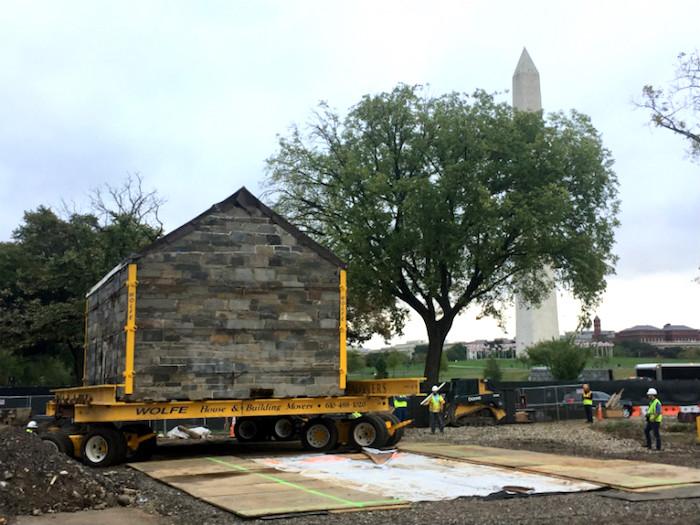
Moving buildings, such as the lockkeeper's house on the National Mall, sometimes is required to maintain national park landscapes/NPS
There are walls, fences, masonry, walkways, irrigation systems and plantings that all need work, some more frequently than others. This category also includes historic, designed landscapes that commemorate a person or event; an historic site from a specific person or activity, such as Saint-Gaudens National Historic Site in New Hampshire that honors an artist; or an ethnographic landscape associated with sacred sites and settlements from previous cultures. They are all important places, essential to preserve and present within the National Park System unique chapters of American history.
Optimism Growing That Congress Will Fund National Park Maintenance
With mid-term elections a small handful of weeks off, senators and congressmen up for election have less time than normal to work on passing legislation. And yet, groups anxious to see passage of a measure that would make a significant downpayment on erasing the National Park System's roughly $12 billion deferred maintenance bill are optimistic it will happen by year's end.
Slowly working its way through Congress is the Restore Our Parks Act, which would establish the “National Park Service Legacy Restoration Fund” to reduce the maintenance backlog by allocating existing revenues the government receives from on and offshore energy development. The $6.5 billion in funding envisioned by the legislation would come from 50 percent of all revenues that are not otherwise allocated and deposited into the General Treasury, not to exceed $1.3 billion each year for the next five years.

Groups with interests in Congress addressing the roughly $12 billion maintenance backlog facing the National Park Service are optimistic a bill covering $6.5 billion of the total will gain passage by year's end/Rebecca Latson photo of Bryce Canyon National Park
In September the House Natural Resources Committee sent the bill to the House floor for action. The full Senate Energy and Natural Resources Committee has yet to take up companion legislation. Still, the progress the measure has experienced so far is almost unprecedented in recent decades.
Lack Of Dollars Crippling National Park Facilities For Staff And Visitors
Craftsmanship flowed through the main building and surrounding cabins the Civilian Conservation Corps built above the Current River in the hill country of southeastern Missouri. But the passage of nearly nine decades has taken a toll on the Big Springs Lodge and Cabins at today's Ozark National Scenic Riverways, where the National Park Service shuttered the buildings four years ago until they could be rehabilitated.
At Death Valley National Park, Scotty's Castle has been closed the past three years, and likely won't fully open to the public before 2020, due to flood damage that requires extensive repairs and upgrades that have pushed the bill towards $50 million. The Sugarlands headquarters for Great Smoky Mountains National Park needs extensive rehabilitation, at an estimated cost of $5 million. Since 2010, the Bluffs Lodge at the Blue Ridge Parkway has been closed due to lack of a concessionaire, and during the past eight years a dangerous black mold has coated much of the interior.
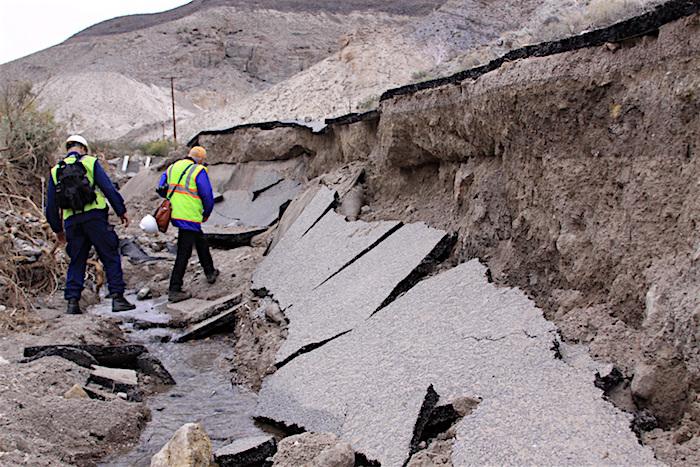
It's taking years, and tens of millions of dollars, to repair and rebuild Scotty's Castle and its surrounding infrastructure at Death Valley National Park/NPS
These are just some of the most glaring examples of where, across the National Park System, a lack of funding has crippled facilities used by both the National Park Service staff and visitors. New examples crop up every year. At Acadia National Park in Maine, for example, the U.S. Coast Guard's decision to transfer the Bass Harbor Light and supporting buildings to the Park Service is expected to add to that park's deferred maintenance bill.



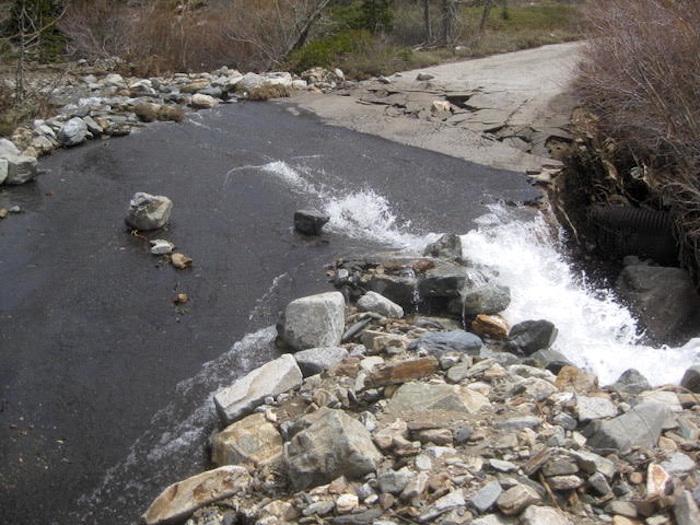
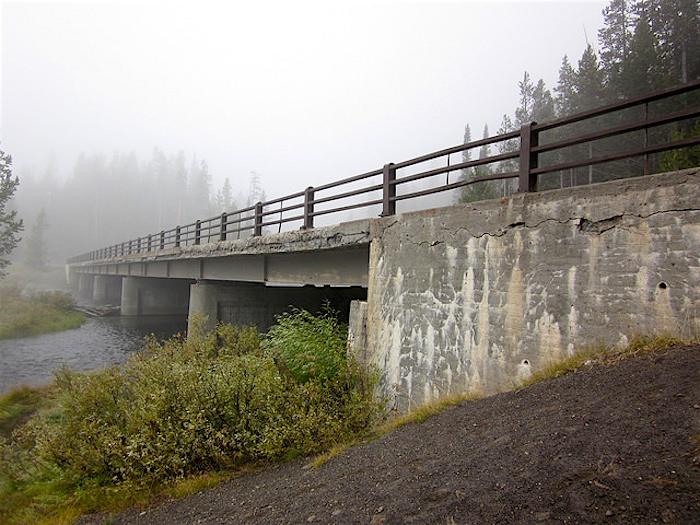


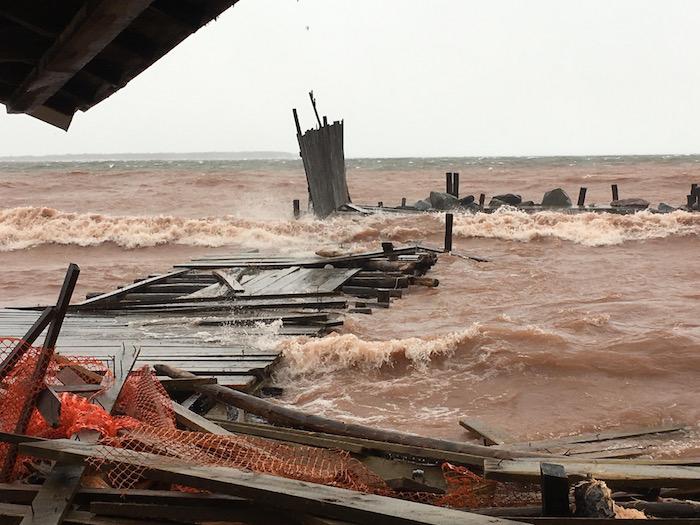


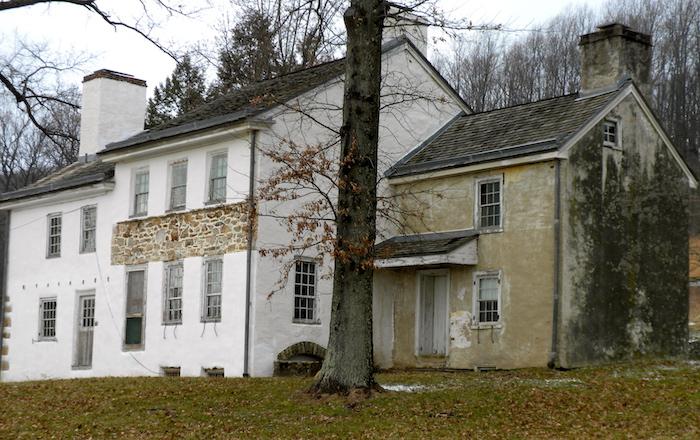
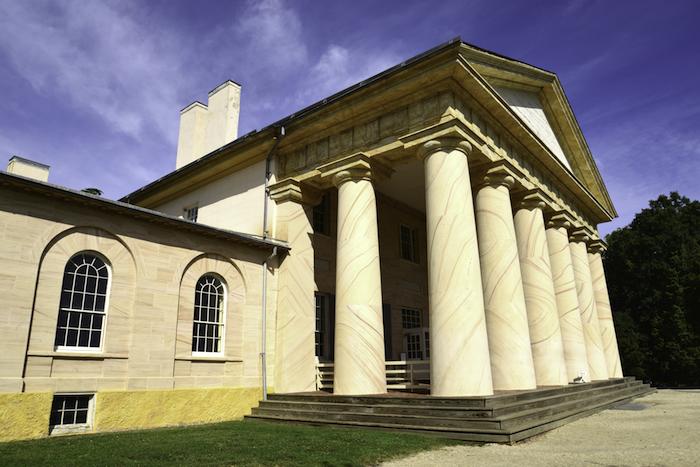
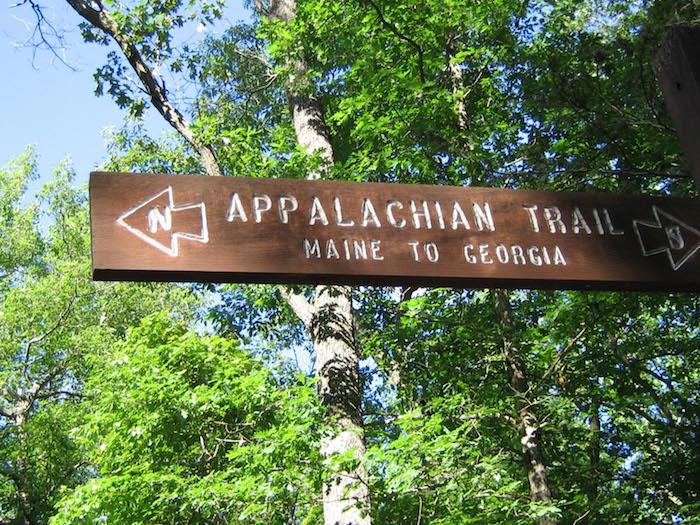
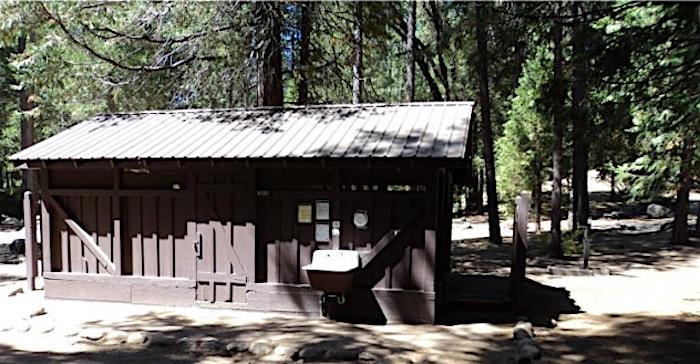
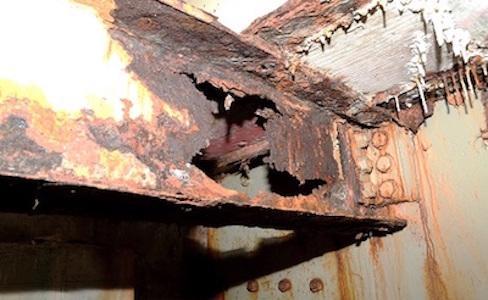


Add comment